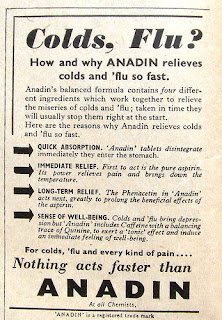This is an advertisement by Frontline promoting their flea
and tick spray for dogs. There is a huge picture of a dog on the floor of a
building. With the people walking around, a picture of a dog with loads of fleas
and ticks appears. This is a very creative advert.
The main persuasion technique used in the advert is creativity.
This advert is different from other ordinary adverts as it needs other people
to get involved in order to show the message. The levels of divergence and
creativity greatly affect consumer processing that creative adverts are able to
attract more attention than non-creative adverts. One of the reasons is that creativity
unique to an advertising context or
perceived as exceptional will be noticed. Unique advertisements in general are
learned and remembered better than ordinary commercials (DeLozier 1976, p. 65).
The theory of Contrast effect suggests that divergent ads are different and novel so
at the most basic level a contrast effect should be created. This contrast is
produced via the advert’s divergent, which makes it stand out from other adverts
and thus attracts pre-attentive processing (such as orientation reactions)
where the consumer notices and directs processing resources to the advert
(Smith & Yang, 2004).
In the study of Altsech (1997), the
effectiveness of creative adverts was examined. In Study 1, in-depth interviews
were conducted to explore consumers' implicit theories of creativity in
advertising. Results indicate that people perceive originality and
appropriateness to be the components of creativity. In Study 2, a scale was developed to
measure advertising
creativity, consisting of originality and appropriateness subscales. In Study 3, creative adverts recalled by
the subjects were shown to evoke a greater number of originality-related
statements than non-creative adverts. Creative adverts (those high in both originality and appropriateness)
were found to elicit more favorable attitude towards the advert, brand
attitude, and purchase intent, as well as higher brand recall.
Reference:
Altsech, M. B. (1997). The assessment of creativity
in advertising and the effectiveness of creative advertisements. Dissertation Abstracts International
Section A: Humanities and Social Sciences, , 3585-3585.
DeLozier, M. Wayne
(1976). The Marketing Communications Process, New York: McGraw-Hill Book
Company.
Smith, R. E., & Yang, X. (2004). Toward a general theory
of creativity in advertising: Examining the role of divergence.Marketing Theory, 4(1-2), 31-58.













